It was a propaganda triumph when its appearance was trumpeted by Mussolini’s Fascist regime in 1936, the Breda Ba.88 Lince (Lynx), was a sleek all-metal shoulder-wing monoplane with a twin-engine power plant. The prototype, which had a single fin and rudder tail assembly and made its maiden flight during October 1936.
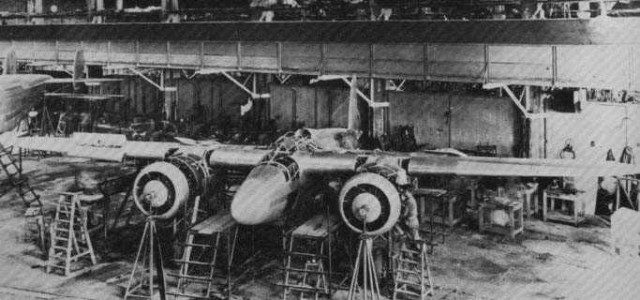
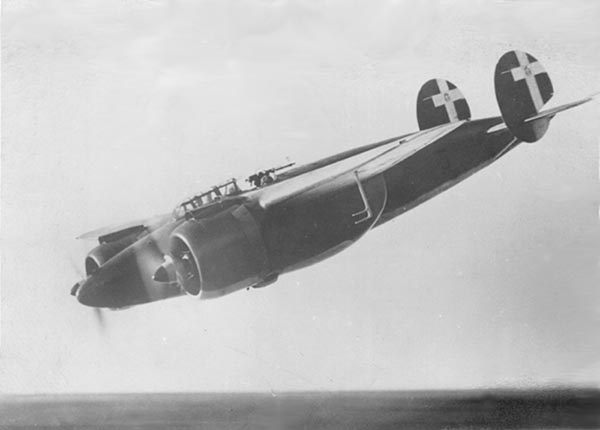
On 16 June 1940, just after Italy declared war on France and her allies, the Ba.88 faced combat for the first time. Twelve aircraft from the Regia Aeronautica’s 19° Gruppo Autonomo made bombing and strafing attacks on airfields on the island of Corsica; after three days nine Ba.88s made another attack.
Analysis of these operations showed that the Ba,88 had only limited value, any remaining doubts were settled when Ba.88s of the 7° Gruppo Autonomo joined action in Libya against the British. When fitted with sand filters, the engines quickly overheated and failed to deliver their designed power.
Attacks on targets at Sidi Barram had to be aborted in September 1940, the aircraft failing to gain sufficient altitude or maintain formation, and reaching a speed less than half that claimed by the manufacturers.
By mid-November 1940 most surviving Ba.88s had been stripped of useful equipment and were scattered around operational airfields as decoys for attacking British aircraft.
During this time, however, further batches of Ba.88s were being delivered, comprising 19 built by Breda and 48 by I M A M (Meridionali). Most went straight to the scrapyard.
It represented, perhaps, the most remarkable failure of any operational aircraft to see service in World War II.
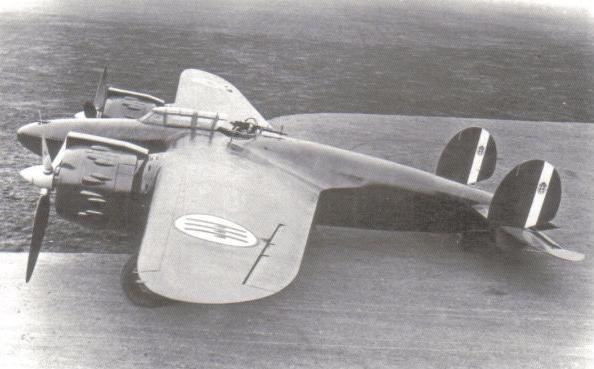 Image [Via]
Image [Via] Lineup of Italian Breda Ba.88 ground-attack aircraft
Lineup of Italian Breda Ba.88 ground-attack aircraft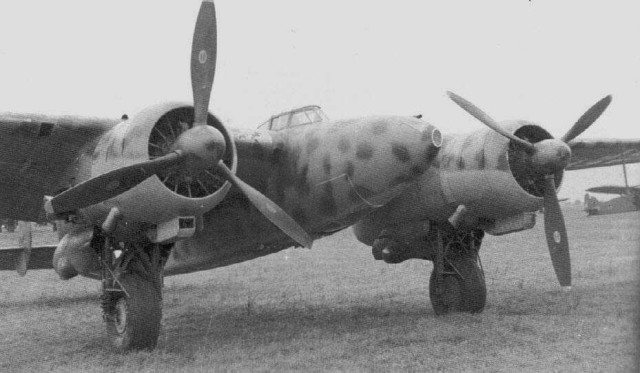 Image via vvsregiaavions.com
Image via vvsregiaavions.com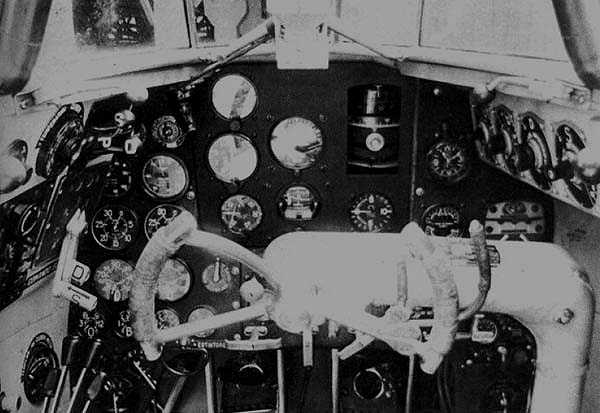 Lynx cockpit via vvsregiaavions.com
Lynx cockpit via vvsregiaavions.com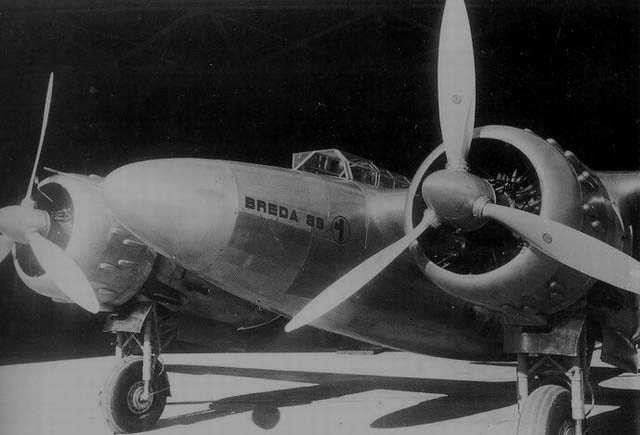 Image via vvsregiaavions.com
Image via vvsregiaavions.com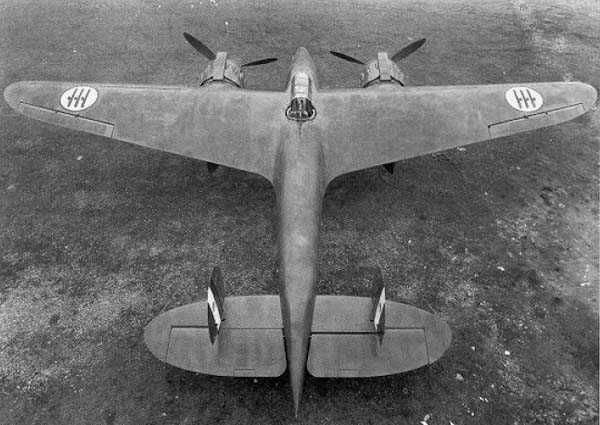 Image via vvsregiaavions.com
Image via vvsregiaavions.com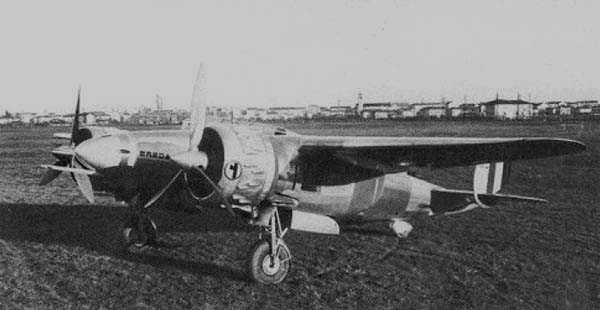 Image via vvsregiaavions.com
Image via vvsregiaavions.com Image via vvsregiaavions.com
Image via vvsregiaavions.com
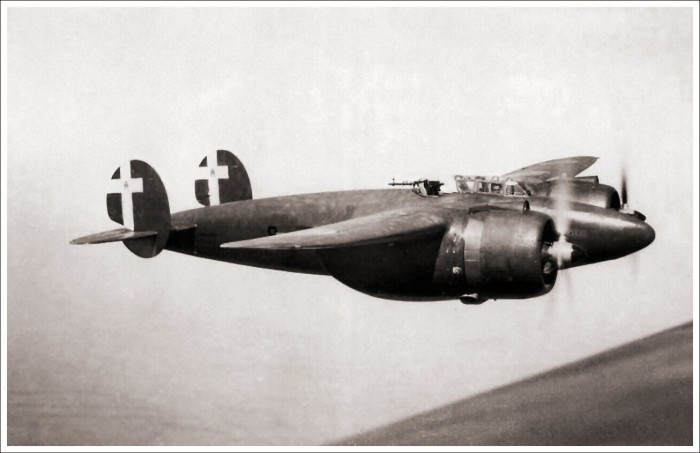
Δεν υπάρχουν σχόλια:
Δημοσίευση σχολίου